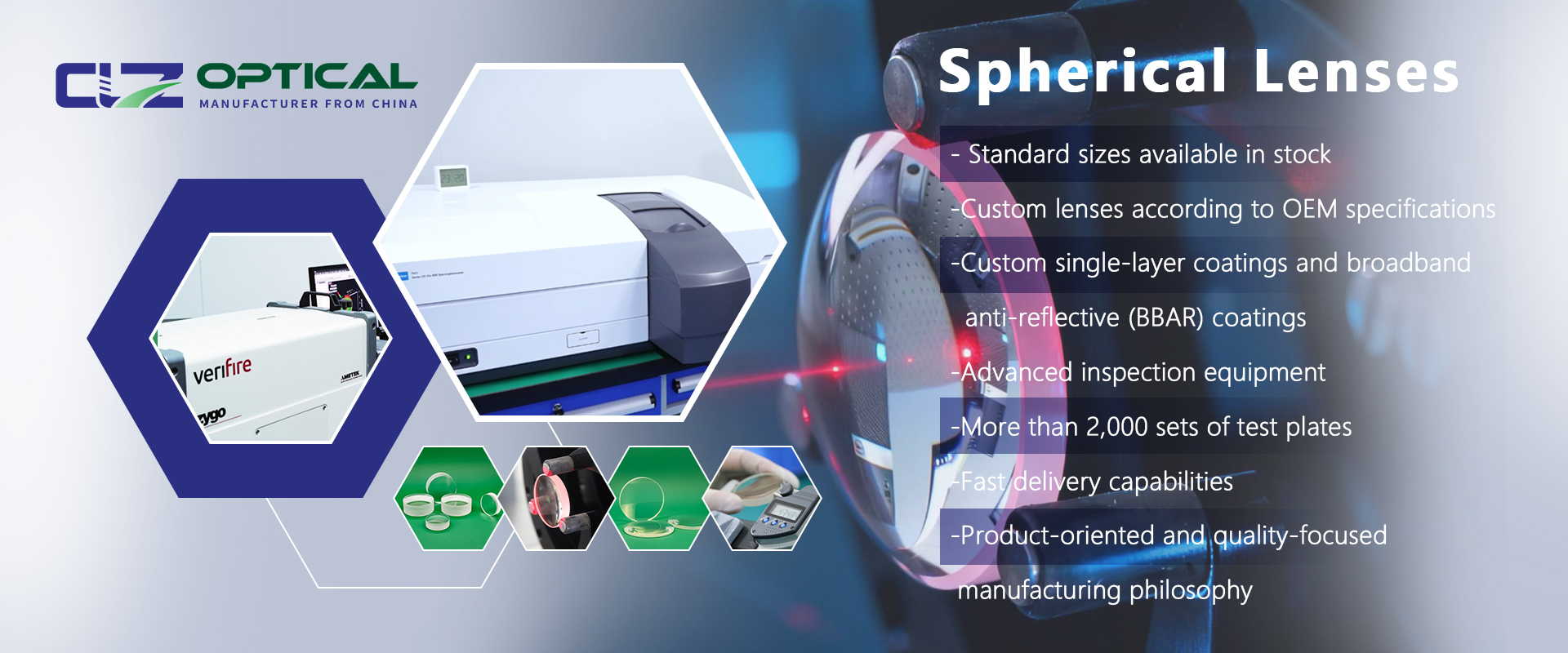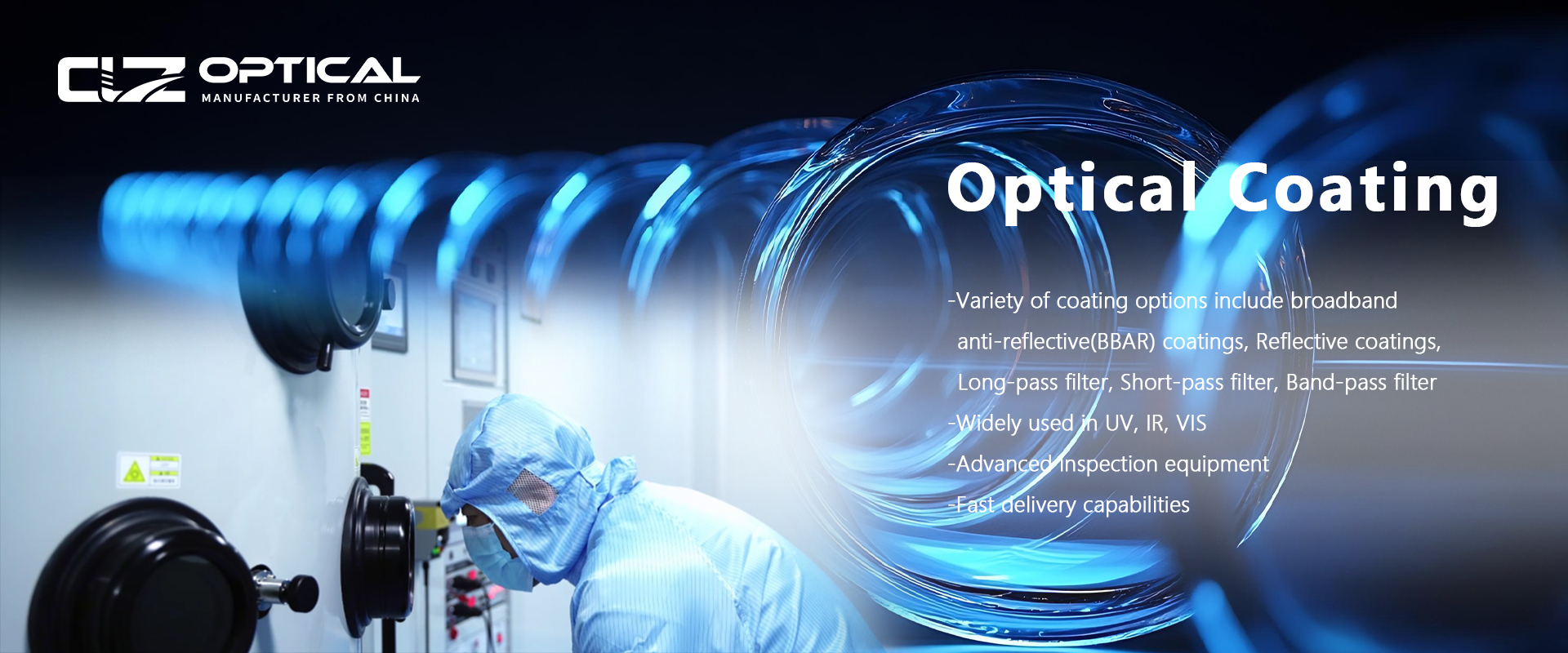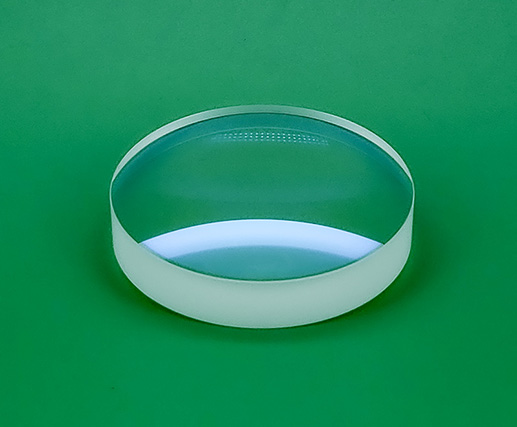Cube Beamsplitters
The cube beamsplitter, as a precision optical component, is constructed by cementing two high-precision right-angle prisms. Its core functionality lies in a specialized optical thin film coated onto the hypotenuse, designed to achieve either neutral beamsplitting or polarizing beamsplitting within a specific wavelength range. This film precisely splits the incident beam into transmitted and reflected paths according to a predetermined ratio. The cubic configuration ensures the output beams maintain a strictly perpendicular relationship, effectively eliminating co-planarity errors. Substrates utilize glass with high optical homogeneity, and the coating layers possess excellent mechanical stability and resistance to environmental degradation, guaranteeing long-term reliability of the beamsplitting performance under complex operating conditions.
Practical Applications of Beamsplitting Technology
Microscopy Imaging Systems
Confocal laser scanning microscopes utilize high-quality optical lenses and cube beamsplitters to separate sample fluorescence signals from excitation lasers, enhancing image signal-to-noise ratio. Fluorescence microscopy systems leverage their properties for rapid switching between multi-band excitation. In two-photon microscopy setups, beamsplitters coordinate the transmission paths of infrared excitation light and visible fluorescence.
Spectral Analysis and Sensing
Spectrophotometers integrate neutral beamsplitting cubes to construct simultaneous reference and sample light paths. Raman spectrometers employ polarizing beamsplitter cubes to suppress Rayleigh scattering background. Multispectral imaging systems achieve parallel acquisition of signals across different bands through beamsplitter arrays.
Industrial Inspection and Metrology
3D machine vision sensing systems utilize beamsplitter cubes to generate coaxial light paths for structured light projection and imaging. Semiconductor defect inspection equipment uses them to spatially separate illumination and observation paths. Laser interferometers build reference and measurement arms for precision metrology using polarizing beamsplitter cubes.
Optical Communication and Display
Free-space optical communication terminals employ polarizing beamsplitter cubes to control the transmission and reception paths of signal light. Laser projector engines synthesize three-primary-color laser beams via beamsplitters. Head-mounted display systems implement optical superposition of virtual images and real-world scenes using micro beamsplitter cubes.
Medical Diagnostic Equipment
Flow cytometer optical systems separate multi-color fluorescence signals through beamsplitter cubes. Ophthalmic OCT devices utilize the polarizing beamsplitting property to regulate the probe and reference beams. Skin analyzers employ neutral beamsplitters for uniform distribution of multispectral imaging light sources.
Scientific Research Setups
Quantum optics platforms manipulate the propagation paths of entangled photon pairs using polarizing beamsplitter cubes. Pump-probe experimental apparatus achieve precise laser pulse splitting via beamsplitters. Core optical components like beamsplitters are used in cold atom experiments to construct the laser configuration light paths for magneto-optical traps.
Cube beamsplitters are available in both polarized and non-polarized versions. CLZ Optical Co., Ltd. supplies custom optical beamsplitter cubes suitable for ultraviolet, visible, and near-infrared wavelength ranges.





















